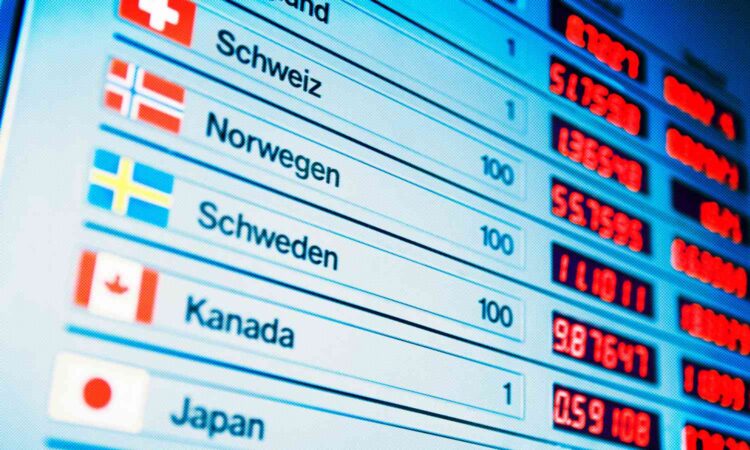
What Is Spot Next?
The term spot next refers to the delivery of purchased currency on a day after the spot date. Spot-next is otherwise known as the next business day. The phrase spot next is commonly used in foreign currency trading. Contracts that fall under the spot next category are short-term swaps where a currency is rolled out one further day, the next day after the spot.
Key Takeaways
- Spot next is a term used in foreign currency trading to denote the delivery of purchased currency on a day after the spot date.
- Spot next is also known as the next business day.
- Timing is everything in currency trading as forex markets are considered one of the world’s largest and most liquid markets.
- The spot next date is usually the day after the spot date, which is the day that the funds are transferred.
- The price for spot-next deliveries is adjusted for the extra time.
Understanding Spot Next
The spot market is a financial market where traders exchange cash for financial instruments. Spot trades typically involve things like commodities, currencies, equities, and other securities. The price at which these assets are traded is called the spot price. This is the price for the immediate exchange of cash.
During a spot trade, the spot date is the day that the funds of the foreign currency or instrument transaction are transferred. Based on the horizon, which refers to the date the transaction began, the spot date usually hovers around one business day. As such, spot next refers to the day after the spot date.
As noted above, spot trades that are executed as spot next transactions are typically short-term swaps. In this type of transaction, a currency is rolled out one further day or to the (next) day after the spot date.
Day traders commonly participate in spot trading. That’s because they can take advantage of low spreads on short-term positions that come with no expiration dates.
Special Considerations
Timing is everything in foreign exchange trading. The whole premise of foreign currency trading is based on capitalizing gains from differences in exchange rates that are constantly shifting, which makes this market an exciting place for certain investors. Due to the worldwide reach of finance, trade, and commerce, forex markets are considered one of the largest and most liquid asset markets in the world.
Example of Spot Next
The price for spot next deliveries is adjusted for the extra time. For example, a currency that is bought on Tuesday has a spot date of Thursday. But, if it is rolled spot next, the transaction settles on Friday. The rate is adjusted based on the interest rates of the two prevailing currencies. However, as it is just one day after the spot, the rate of change will be minimal.
Some currency pairs, such as the U.S.-Canadian dollar (USD/CAD) pair, settle within one business day or on a T+1 basis. This means that the spot date is the next business day. If they follow the spot next rule, this currency pair settles two days after the spot date. This means that a trade in this currency pair that is executed on Tuesday has a spot next settlement date of Thursday.
How Does Spot Trading Differ from Regular Trading?
Spot trading refers to financial transactions where buyers and sellers exchange cash for financial instruments for immediate delivery. This means that the buyer gives the seller cash for physical ownership of an asset, such as stocks, bonds, commodities, currencies, or cryptocurrencies among others. This is in contrast to traditional trading. This type of trading typically involves the use of contractual or future agreements.
What Is a Spot Market?
The term spot market refers to a financial market where investors buy and sell financial securities for cash. Spot trades take place on exchanges or over the counter for assets like equities, fixed-income products, currencies, and commodities. Asset prices in this market are called spot prices or the price paid for immediate delivery.
What Is a Spot Price?
The term spot price refers to the price paid in the spot market for assets intended for immediate delivery. Spot prices are used in the spot market, which is also called the cash market.
The Bottom Line
Spot trading is the process traders use to buy and sell financial instruments for immediate delivery using cash. Trading in the spot market is done using current market prices. Most spot trades are executed on the spot date, which is the date when delivery takes place. But others may occur on spot next, which is the day after the spot date.
